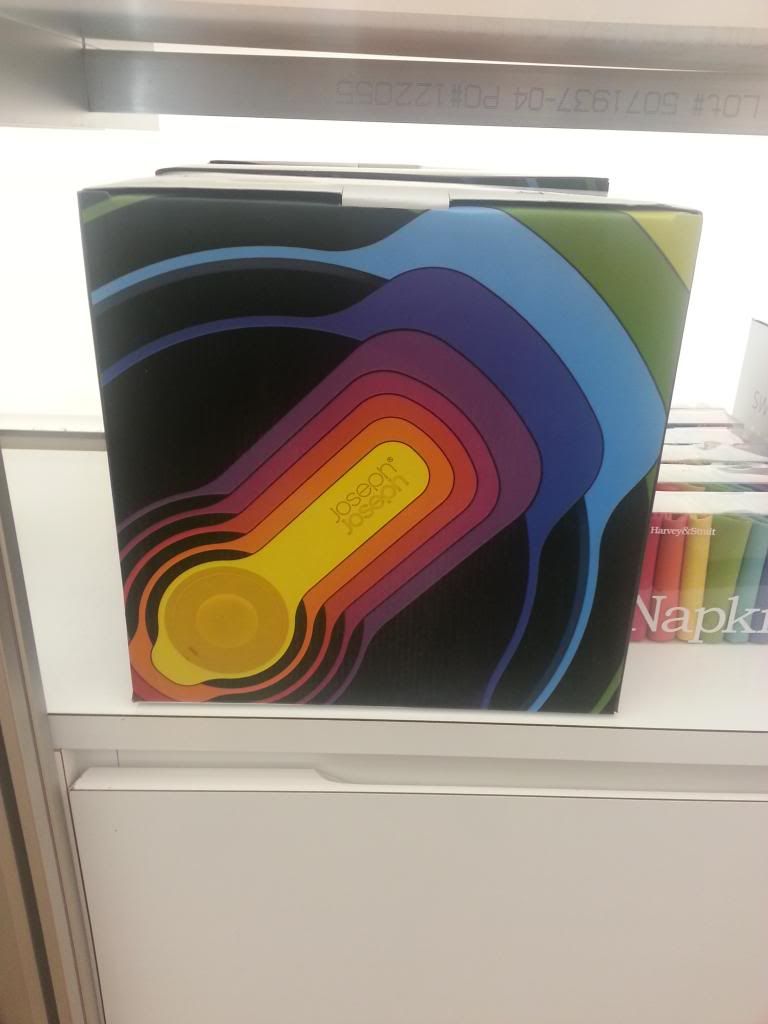
Vintage versus Contemporary Package – Rosenfeld
From a design point of view there are a few differences between this 1920s graphic and today’s types of graphics.
First the typography. There is no real cohesive flow to the images’ fonts. They are all over the place: Handwritten script, sans serif bold, serif, italic. The typefaces are thrown on. Today, products are meant to advertise themselves on a shelf. Therefore, fonts are chosen carefully, and are not thrown on; and they try to impart what the brand has to offer.
Second, colors. The colors are bright red, yellow, white, black, navy blue. The colors to choose from for packages were not many in the 1920s. Today we would see a selective color scheme. It would be chosen with purpose; perhaps a bright color paired with one that is muted, so that the colored part would be more evident or stressed. Or, nowadays, maybe a number of colors, but ones that would work well together and not fight with each other for attention.
Third, simplicity. The font choices in the image are simple, as are the color choices, because the 1920s offered less availability of what to use. Now we have a whole lot more fonts to choose from; many different colors and shades; and even different materials that can be printed on.
Fourth, abstractly, the tone of the design. The 1920s image speaks to a different era, during a simpler time. There were no computers, no cell phones, and TV was not in the home as yet. Now, we are a more complex society, and maybe that is why we try to simplify or pare down the design sometimes, to make life less hectic, to make us focus on what the brand wants us to.










